I've read that VB6 used the msvbvm60.dll runtime library [1], and also that VBA and VB6 use the same runtime [2].
However I also remember reading that the current version of VBA in Office is VBA7, and if I look in the object browser I find
C:\Program Files\Common Files\microsoft shared\VBA\VBA7.1\VBE7.DLL
Checking what's exported by both files in dependency walker, I can see VBE7.DLL contains a small subset of the functions that msvbvm60.dll exports (e.g both define VarPtr)
but also some new ones (such as rtI8FromErrVar - presumably to help with 64 bit stuff since that's what VBA7 introduced)

Clearly some overlaps then, and some new stuff. But looking at the files like this, VBE7 lacks the majority of the content. So does VBA fall back to the common VB6 runtime shipped with Windows?
C:\Windows\SysWOW64\msvbvm60.dll
I ask because I'm trying to access a function exported by msvbvm60.dll, not VBE7.DLL, and I don't know where to find it on Mac
